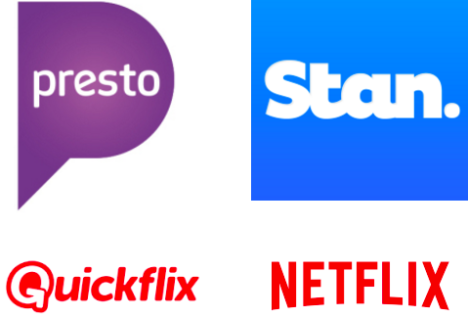Streaming wars: what impact is Stan, Presto and Netflix having on the media landscape?
On the first anniversary of the launch of Stan Nic Christensen speaks with all of the streaming players about how the battle for supremacy is playing out.
Ask Stan boss Mike Sneesby how business is going and you get a response that oozes confidence.
“We’ve had cracker of quarter,” says Sneesby. “The best we’ve had. I look at the things we have done and for us it comes back to the basics.



The content on Stan is rather unappealing and outdated. It is a subjective point of view I know, but in my opinion between Stan, Presto and Netflix….it is only Netflix whom provide not only a reliable service, but also an interesting variety of mainstream content. This does not mean that I won’t watch Stan, but they’ve got a bit of work in my humble opinion to navigate a majority audience to them.
Yeah, but… you can get all the stuff Stan & Presto have on a Netflix VPN service.
3 vendors in one.
I still don’t see why anyone who has the smarts, would want to pay $30 p/m instead of $13 (of $18.50 USD) inlc. VPN service…. $138 AUD p/year saving…
I think Stan will probably survive.
I’m mildly interested in getting it to compliment Netflix but will wait until they have more original content before spending the cash.
That’s a fanfiction trailer for House of Cards fyi…
Thanks for flagging Andrea,
Now fixed.
Cheers
Nic – Mumbrella
Quickflix was a victim before SVOD even started because of piracy and Australia’s dismal broadband speeds. There is a good article in today’s Australian (28-01) about where SVOD could be heading with Global Alliances being formed by local players in each country and hopefully this may lead to an end to Geo-Blocking which has no place in a Global internet.
errr…. none of the charts open on the Click to enlarge option. Cheers.
Thanks for picking up on that. Files have been fixed.
How much harm is it doing to the Presto brand, being associated with Foxtel? The main reason for many people are choosing SVOD is because it’s not Foxtel. Whilst price, content and technology are probably more important than brand perception it does influence consumers. I don’t have a single mate who thinks Foxtel offers value for money and puts the customer first and that perception does rub off on Presto regardless of how good the service is.